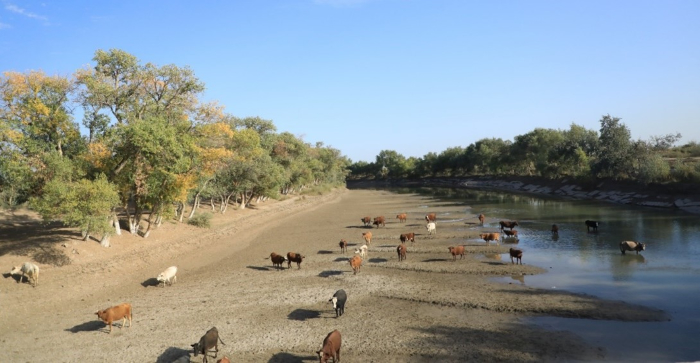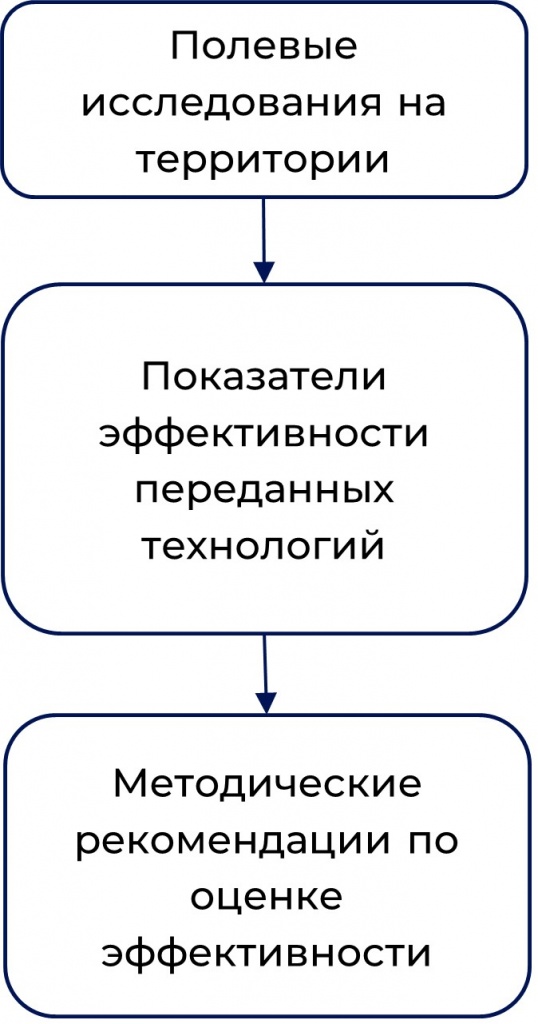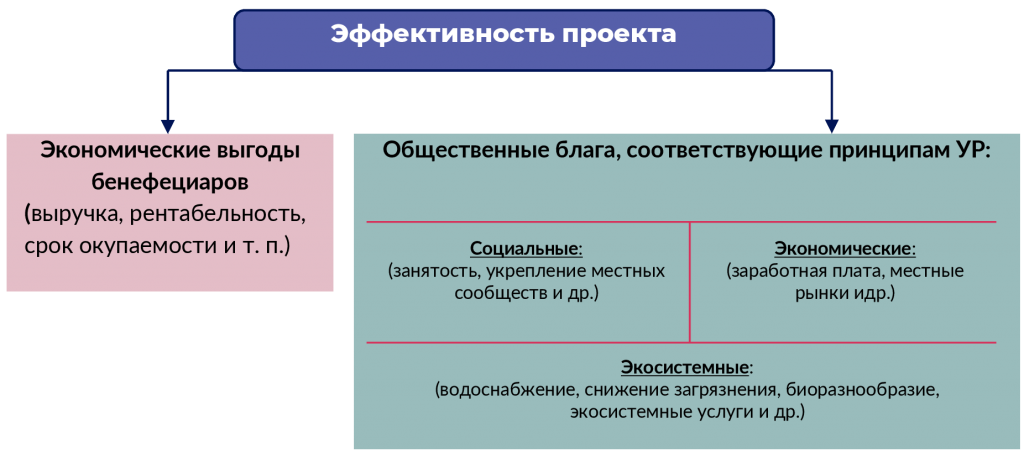What are Performance Indicators For? An example of the implementation of climate-resistant technologies
Client
 An interstate organization supporting environmental and practical scientific programs and projects for the development of territories suffering from climate change. It supports the introduction of new climate-resistant technologies in the Aral Region, which is characterized by severe drought, high soil salinity and desperately needs climate adaptation measures. These technologies have shown positive results in other regions where there was a need to adapt to changing climatic conditions.
An interstate organization supporting environmental and practical scientific programs and projects for the development of territories suffering from climate change. It supports the introduction of new climate-resistant technologies in the Aral Region, which is characterized by severe drought, high soil salinity and desperately needs climate adaptation measures. These technologies have shown positive results in other regions where there was a need to adapt to changing climatic conditions.
Problem
During the course of the program, it became clear that its implementation under local conditions was not proving entirely successful. Investors asked for information on what the actual efficiency was and how sustainable and useful the new technologies are for the territory and residents in the long term. It was difficult to answer these questions since the project provided only performance indicators, that is, the achievement of the initially accepted project results
The program turned to our specialists for help. It was necessary to develop such indicators that would reflect the economic, social and environmental long-term benefits for the local communities of the Aral Region and the beneficiaries (the recipients of the technologies). The plan was to use the information obtained in the future for the successful replication of applied technologies in other arid regions.

Solution
We understood that it was necessary to implement cost-benefit analysis approaches with the greatest challenge being the adaptation to local conditions where there was a clear lack of economic and environmental statistics.
At the beginning it was important to study the way of life of the people and their perception of new technologies: how they use them and what difficulties arise. We talked with educators, farmers, the heads of agricultural cooperatives, local specialists and the heads of public organizations. This allowed us to determine how to evaluate the effectiveness of new technologies for the beneficiaries of the adaptation technologies and for the sustainable development of the territory.
When in the development stage, we proceeded from the principles outlining the goals of sustainable development in the territory. We took into account the economic and organizational aspects of the local economy, the traditions of the population and the interest of the people and influence groups. We also identified factors that serve to reduce motivation in acquiring new methods of production.
After testing the indicators, we prepared methodological guidelines for using them in assessing the effectiveness of project activities.

We found that the use of developed performance indicators at the pre-investment stage would allow for a more balanced and effective selection of technologies that are sustainable in the long term in the specific local conditions.
Result
- Performance indicators are developed. The international organization received a list of indicators on the effectiveness of climate change adaptation projects in the long term consistent with the goals of sustainable development of territories
- Recommendations are formulated to make technologies more sustainable. We provided project managers with assessment comments, which lay out an action plan to increase the resilience of climate adaptation technologies. This is primarily necessary for their successful replication.
Contact us to obtain a complete and clear understanding of your project's performance metrics.
Phone: +7 (4852) 75-19-83
E-Mail: info@ntc-rik.ru
